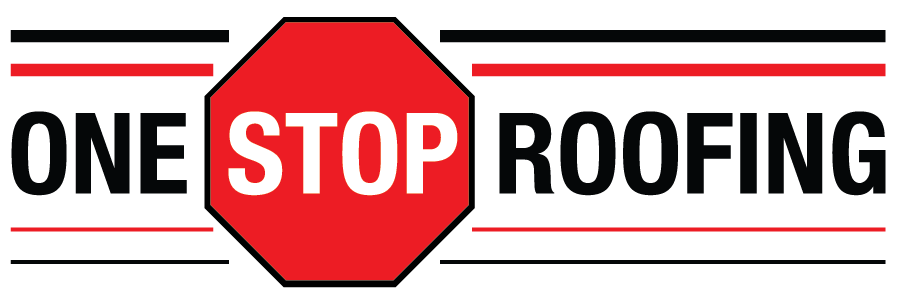When it comes to energy efficiency, your roof plays a more significant role than you might think. While factors like insulation and ventilation often come to mind, the color of your roof can also have a noticeable impact on your home’s energy use. At One Stop Roofing, we’re here to explain how roof color affects energy efficiency and help you make informed decisions for your home.
Why Roof Color Matters
Roof color affects how much sunlight your roof absorbs or reflects, which in turn influences the temperature inside your home. Darker-colored roofs tend to absorb more heat, while lighter-colored roofs reflect it. This simple concept can have a big impact on your home’s cooling and heating needs, especially in climates like California, where summers can be hot and sunny.
How Roof Color Impacts Energy Efficiency
1. Heat Absorption vs. Heat Reflection
Dark-colored roofs absorb more sunlight, which causes them to heat up more than lighter-colored roofs. This heat can transfer into your home, increasing indoor temperatures and making your air conditioning work harder. Conversely, light-colored roofs reflect sunlight and stay cooler, helping to maintain a comfortable indoor temperature and reducing the need for cooling.
2. Energy Savings in Different Climates
In warm climates like California, lighter-colored roofs are often more energy-efficient because they help keep homes cooler. This is especially important during the summer months when energy consumption tends to spike due to air conditioning. In colder climates, darker-colored roofs can be beneficial because they absorb more heat, which can help reduce heating costs. Understanding your climate and energy needs is key to choosing the right roof color for your home.
3. The Role of Roofing Materials
The material of your roof also plays a role in its energy efficiency. For example, metal roofs with reflective coatings and cool roofing shingles are designed to reflect more sunlight, regardless of their color. These materials can help maximize energy efficiency while allowing you to choose from a variety of colors and styles.
4. Environmental Benefits
Choosing an energy-efficient roof color not only saves you money but also helps the environment. By reducing the amount of energy needed to cool or heat your home, you’re contributing to lower greenhouse gas emissions and a smaller carbon footprint.
Tips for Choosing the Right Roof Color
- Consider Your Climate: In sunny and warm areas like California, lighter colors such as white, beige, or light gray are excellent choices for reflecting heat.
- Think About Aesthetics: Your roof color should complement your home’s exterior design and enhance its curb appeal. Many energy-efficient roofing materials come in a range of colors to suit any style.
- Look for Cool Roof Options: Cool roofs are designed to reflect more sunlight and absorb less heat. They’re available in various materials and colors, offering both style and energy savings.
- Consult a Professional: A roofing expert can help you evaluate your energy needs and recommend the best options for your home.
Conclusion: Make Energy-Efficient Choices with One Stop Roofing
The color of your roof plays an essential role in your home’s energy efficiency, affecting how much heat it absorbs or reflects. Choosing the right color for your roof can save you money on energy bills, enhance your home’s comfort, and even benefit the environment. At One Stop Roofing, we’re here to guide you through the process of selecting the best roof color and materials for your home.
Ready to upgrade your roof for better energy efficiency? Contact One Stop Roofing today for a free consultation, inspection, or expert advice. Our team is dedicated to helping you make informed decisions and providing high-quality roofing solutions. Call us now or fill out our online form to schedule your appointment!
FAQs About Roof Color and Energy Efficiency
- Does a light-colored roof always save more energy?
Not necessarily. While light-colored roofs are generally more energy-efficient in warm climates, the type of roofing material and the home’s insulation and ventilation also play significant roles. Combining a reflective roof with proper insulation ensures maximum energy savings. - Are there energy-efficient roofing options in darker colors?
Yes, there are. Many modern roofing materials, including cool roofing shingles and metal roofs, are designed to reflect sunlight even in darker shades. These materials allow you to enjoy the look of a dark roof without sacrificing energy efficiency. - How much can I save by choosing an energy-efficient roof color?
The amount you save depends on factors like your climate, roof color, and home’s insulation. In warmer areas, an energy-efficient roof can reduce cooling costs by up to 15-20% during the summer months.





